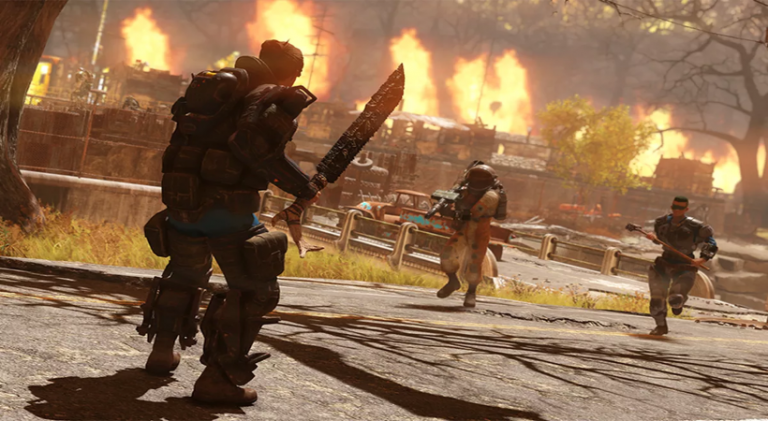If one had to describe the issues with this generation of games, they’d be able to summarize it with a few words. The first things that probably come to mind are loot Boxes or microtransactions, to which I say: you’re not wrong. However, there’s a term going around that better summarizes these lazy practices used by some developers: “live service games”. That isn’t to say that every game misuses the live service model, but as of late, it feels like some devs use live services as a means to make more money rather than to enhance the overall experience of their game.
“A Delayed Game is Eventually Good, but a Rushed Game is Forever Bad”
Once upon a time, when a game came out, that was it for the game. As such, developers would spend as much time as possible ensuring their game was as great as it possibly could be. Shigeru Miyamoto’s quote summarizes the importance of making sure a game is set to go for everyone to enjoy when it releases.
With the change in technology in recent generations, developers can now ensure a game at launch isn’t necessarily its final version. Some may take exception to the idea of “additional content” that comes months after the launch of a game, but if the additions to a game help to provide a brand new fun and engaging experience for players to enjoy, then one can easily justify its creation. One such example would be Monster Hunter: World‘s upcoming “massive expansion”, Iceborne.

Source: Monster Hunter World: Iceborne
Chances are you can point out tons of examples of games that add content months and even years after its initial launch. From new fighting game characters to new quests and campaigns, games add all sorts of content post-release for players to enjoy.
However, lately the trend of live service games seems to follow a new philosophy. They often promote profit over expanding the gameplay experience. Some Triple-A titles see backlash not just their initial launch, but for the “ongoing support” in which a game provides.
“It’s Not How You Launch, It’s What It Becomes”
Todd Howard’s quote has a touch of merit to it. Some genres like MMORPGs may have tons of content to them, but you want to make sure you keep supporting the game. This wouldn’t be just for your current audience, but also for those who decide to jump in later as new players. Even games like League of Legends or Overwatch see ongoing support for many years and ensure that new content comes to their games while using in-game stores (or loot boxes) to keep the game’s support ongoing.

Source: Fallout 76: Nuclear Winter
So if you plan for a game to be out for many years, that should mean that a game should keep the attention of players from day one onward, correct? This is where some draw the line with certain titles. Even when playing the long game, one would argue that the launch of a new game should be just as impactful as what comes after it. And yet, some titles tend to skip this step and try and add a “roadmap” to justify a content-light launch. And what’s worse, if developers fail to grab the player’s attention at the start, what’s supposed to keep them around? The promise that “a bad game will be eventually good”?
If that were the case, one could wait to play the game when its value finally matches the content the game provides and at half the asking price from what it was at day one.
Greatness Awaits, but for How Long?
To say that all developers misuse the live service model would be a lie. From your favorite MMORPG to other online titles like Fortnite, if you show the gamers playing your games the commitment you have to your game, they will listen and maybe even throw some money your way. But as with any other service, if you try to play your customer like fools, they’re not going to stick around. If someone doesn’t like their cell phone service, they can cancel it and go to another provider. When a cable provider has ongoing issues and no one is around to fix it, they can switch to satellite. And if a gamer feels like a game is either too boring or too predatory, they can move onto a different title.
If a promise is made to players about the content coming to a game and if it isn’t there, why should they stick around? If the big fancy selling point isn’t there when you go so much trouble to tell people about it, should people not buy the game until you “patch it in” four months later?

Source: Battlefield V: Firestorm
While we can hope that the current trend of microtransactions will die off next generation, the other thing we can hope for is for developers to take a nice long look at how they’re implementing live service features. Because if their definition is to try and fix a game after it launches and later seemingly never comes, no amount of roadmaps will help ensure a game’s future.
Thank You For Reading
What are some games you think are good examples of live service games? Is it okay for some titles to launch in an “OK” state if it will be great later?
Be sure to follow us here at Culture of Gaming for more articles and editorials covering all things in the gaming world.












